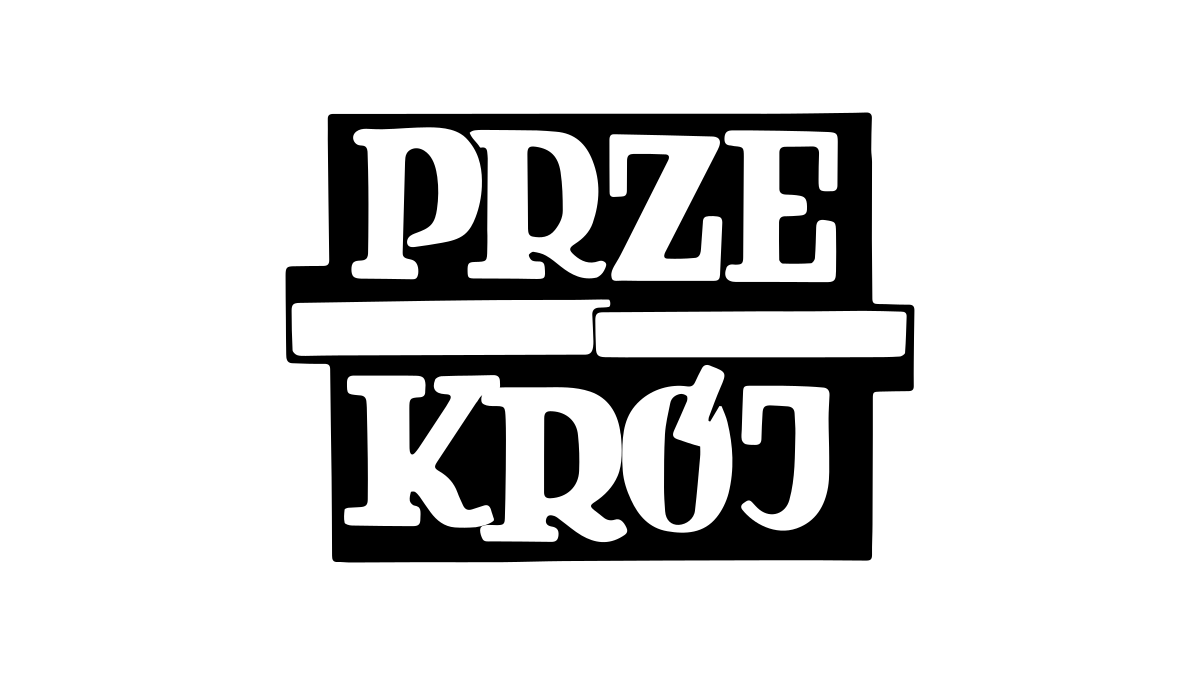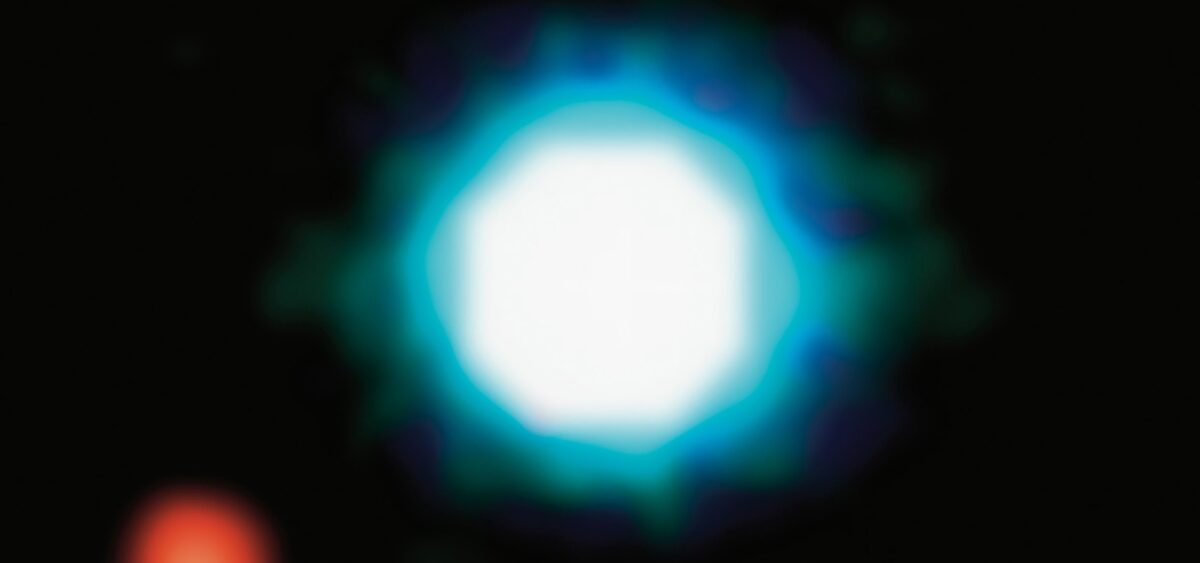
Small Star, Large Problem
Astronomers from the Instituto de Astrofísica de Canarias announced that they have discovered two planets orbiting around a star called Gliese 1002—a red dwarf in the Cetus constellation. They are both at least as big as Earth and both travel within the habitable zone of their host star, i.e., within a distance which allows for the presence of liquid water on their surface. Theoretically, then, they could be home to life resembling that on Earth. However, upon further analysis, such hypothetical life would in practice have to overcome many obstacles.
Let’s start with the fact that Gliese 1002 is a small star (12% of the sun’s mass) and it doesn’t emit much energy—any habitable celestial bodies would need to orbit it at quite a small distance. The closeness of the host star means that a phenomenon called tidal locking might occur. This refers to the same side of the planet always being turned towards its








